The last two ports we stopped at on the Atlas Ocean Voyages’ World Traveller were in Croatia. Like the places I wrote about last week in Albania and Montenegro, Croatia was essentially closed to the world when communism dominated Eastern Europe from the 1950s to the 1990s. It was also part of the former Yugoslavia.
I remember friends in my hometown who were from Croatian and Serbian families and how they would visit relatives every few summers. But I also recall how difficult it was for them to see due to travel restrictions to the Eastern Bloc. Of course, no one has that problem now, and I would almost say that Croatia may even have the opposite issue. Part of that is likely due to the popularity of the show “Game of Thrones,” which was filmed here. The other reason is its spectacular scenery, pleasant climate and fascinating history.
Our cruise itinerary docked in Dubrovnik, one of the most visited places in the country, and Hvar, which is part of a group of islands off Split. Both places were crowded because it was the height of the summer holidays. Still, I enjoyed my time in both places rather than stew about being one of many.
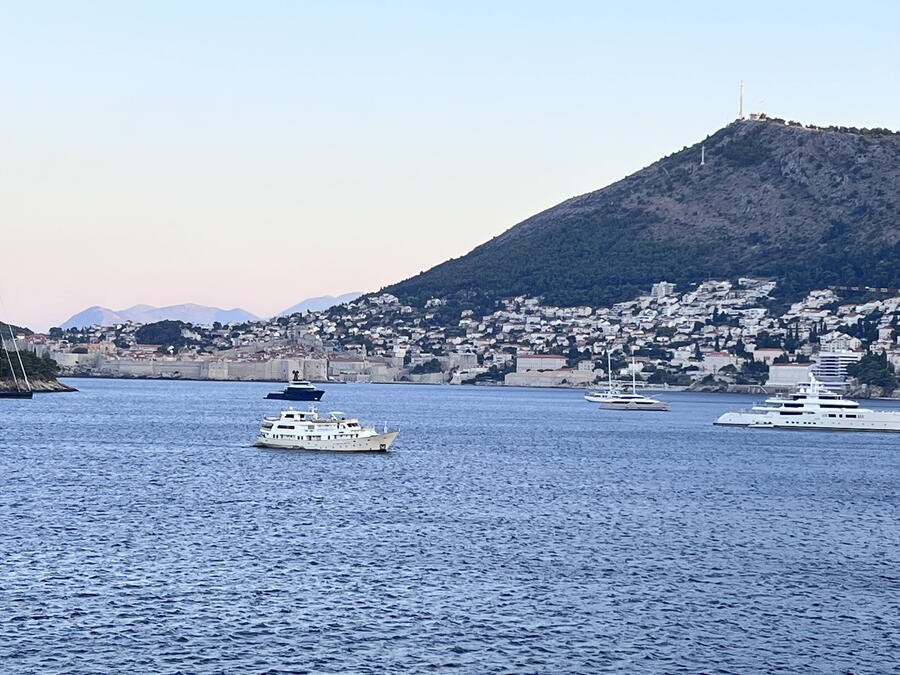
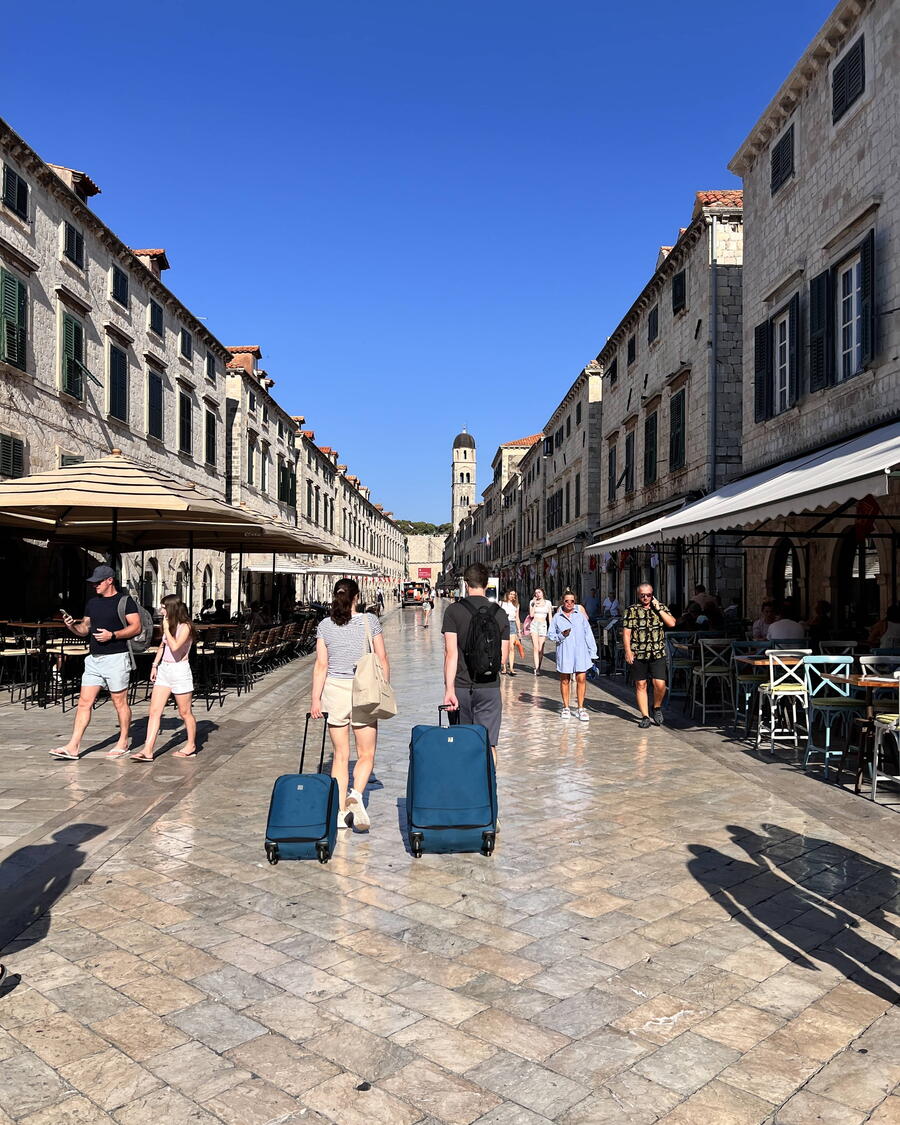
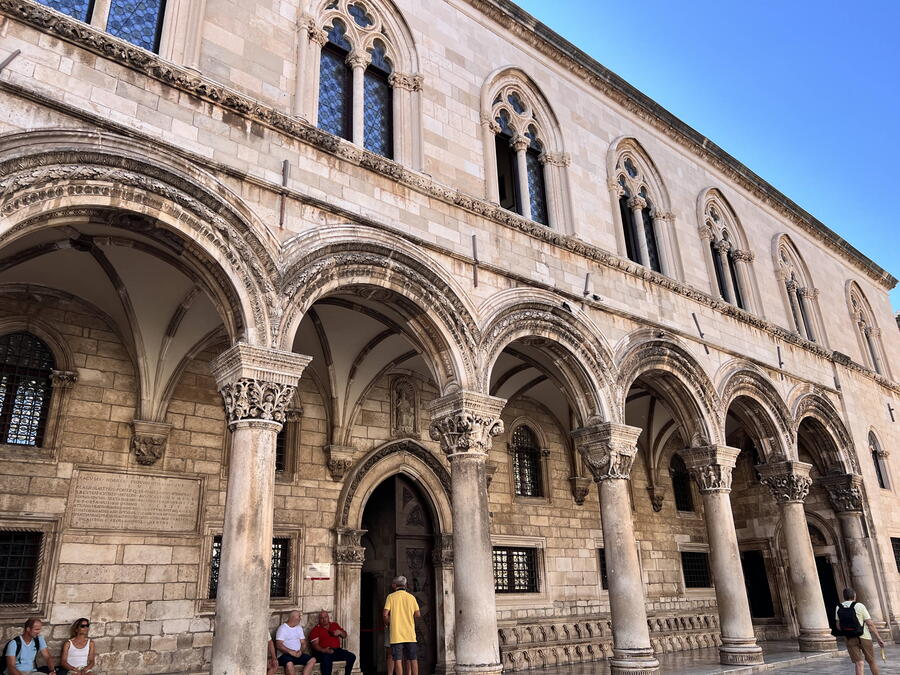
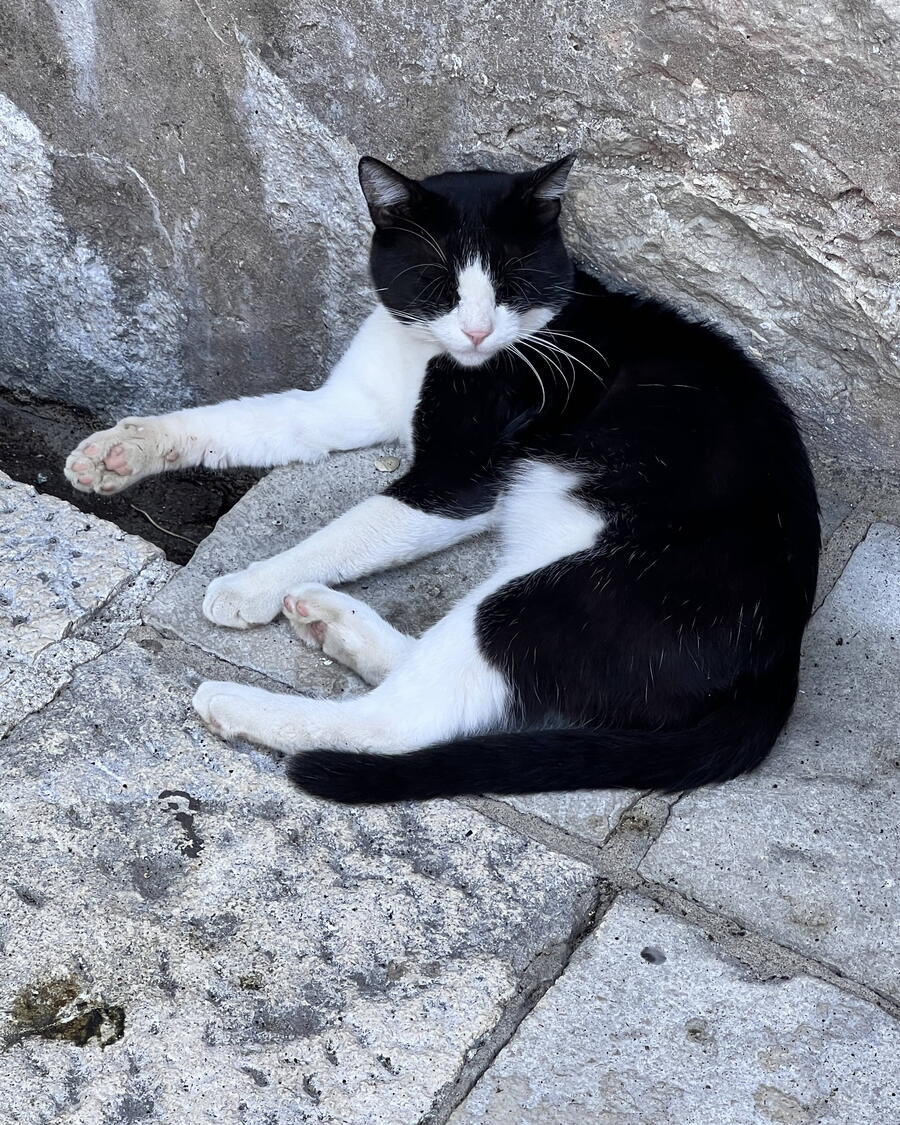


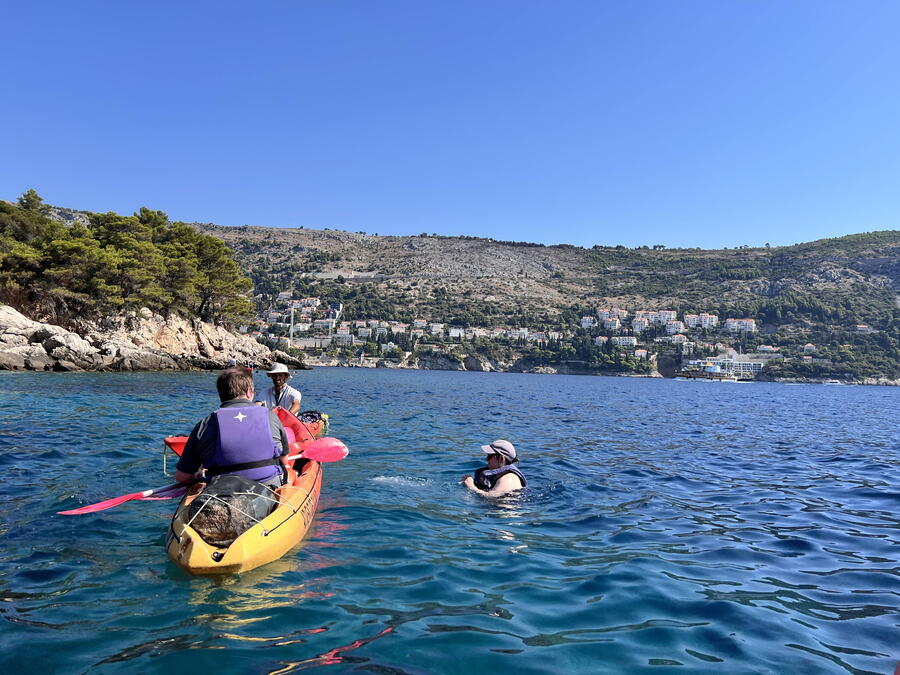

Dubrovnik
I can’t tell you about the connection between this ancient walled town and “Game of Thrones,” as I tried to watch it once and fell asleep. It didn’t seem to be my kind of show, so I never watched it again. But you will see a few stores related to it, as well as a museum. I don’t think they were official – just someone’s idea to make money from devout fans. But you get a feeling of the medieval era, with its massive, fortified wall surrounding its old town and buildings.
Beginning as a Greek refugee colony called Ragusa, Dubrovnik changed hands over the centuries, with Byzantine, Venetian, French, Italian, Austrian, German and Yugoslav forces occupying the land. Croatia finally achieved independence in 1991, when tourism started growing. People who were tired of France, Italy and other well-worn countries discovered this nearly unspoiled destination on the Dalmatian coast.
For my own time here, I went along that coast on a sea kayaking tour, which was challenging but fun. I had never gone on a kayak before, and being on this azure, crystal-clear ocean made the physical challenge easier. Our guides took us to Otuk Lokrum, an island with a Benedictine monastery, where we rested. We then headed to a cove where other kayakers and visitors swam and snorkeled. After we returned, I wanted to explore the town, but the crowds became overwhelming. I was somewhat remorseful but glad I decided to stay on the ship.
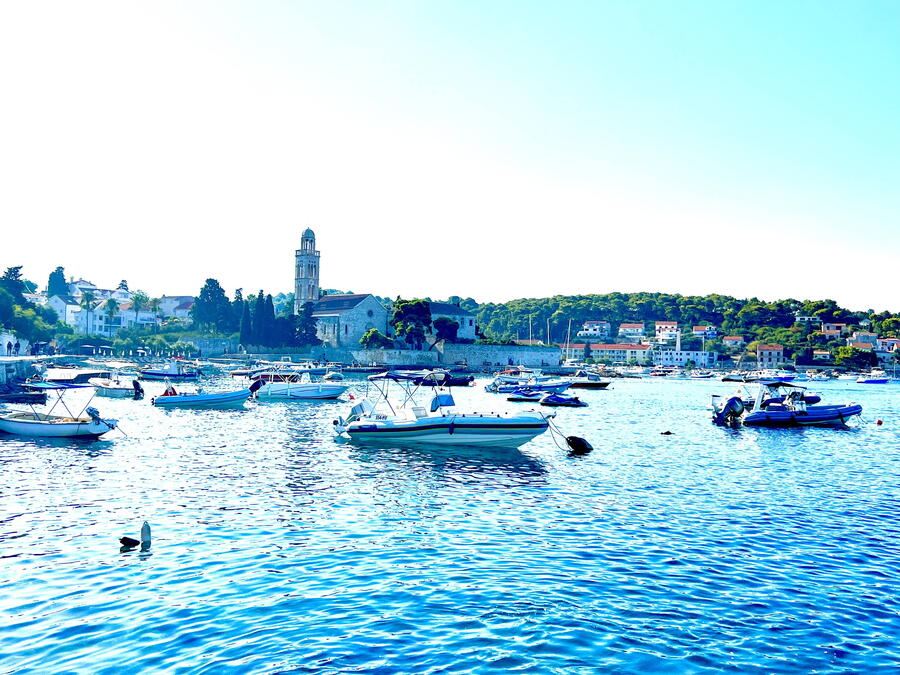
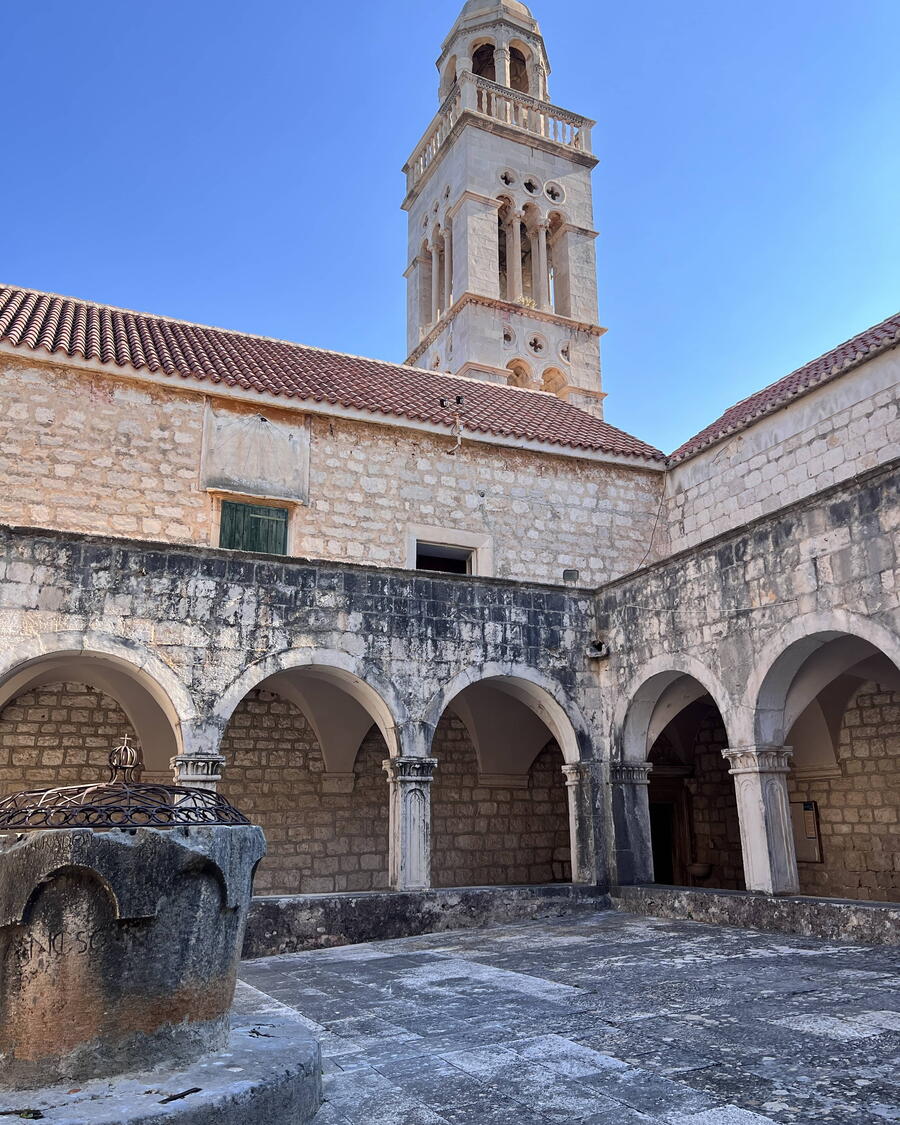
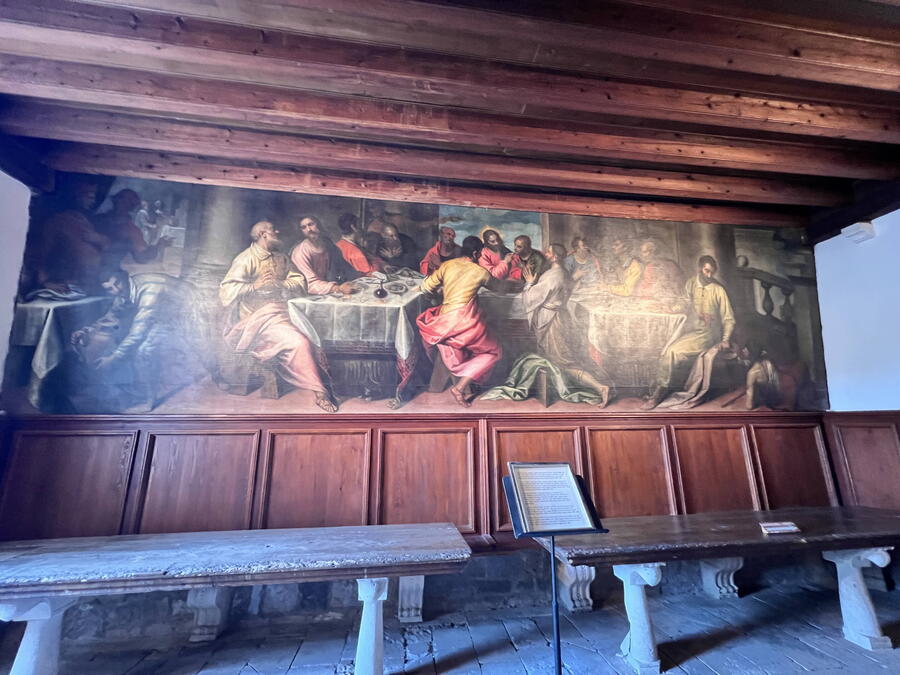
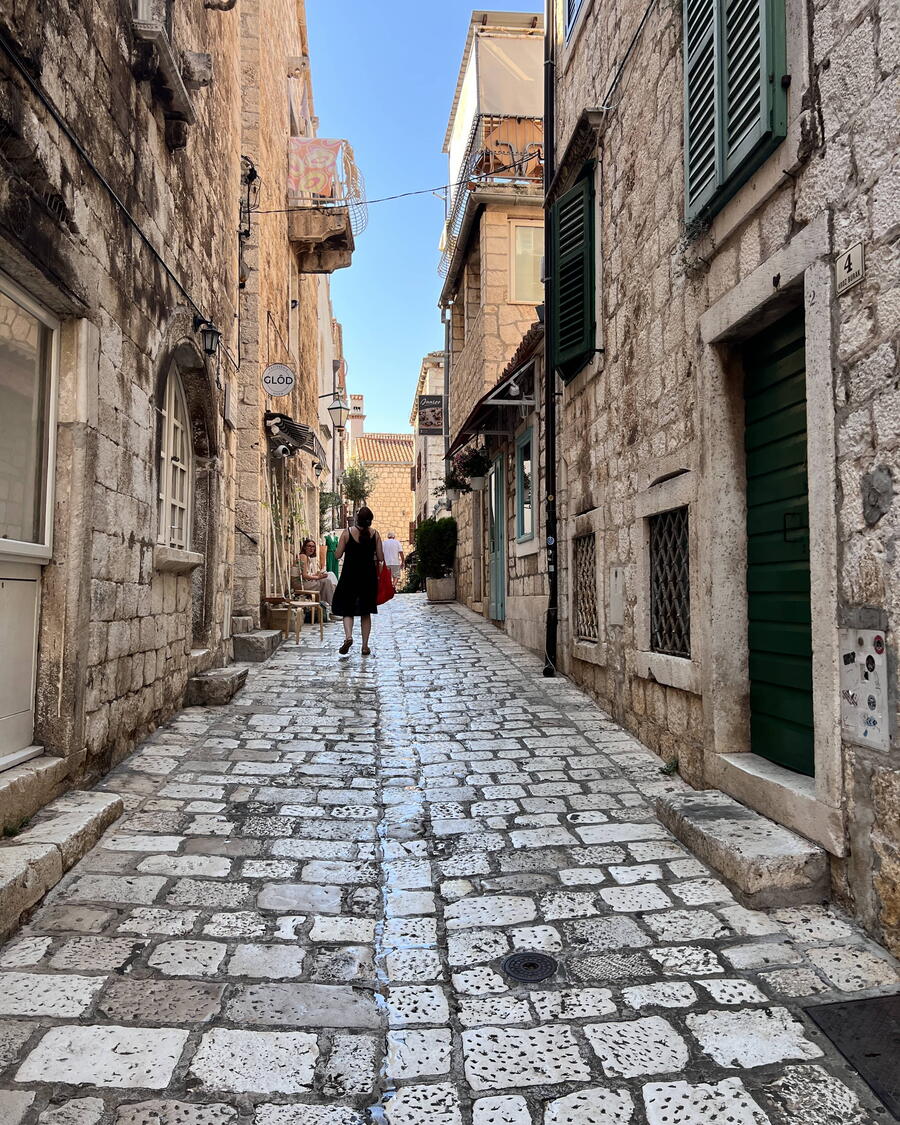
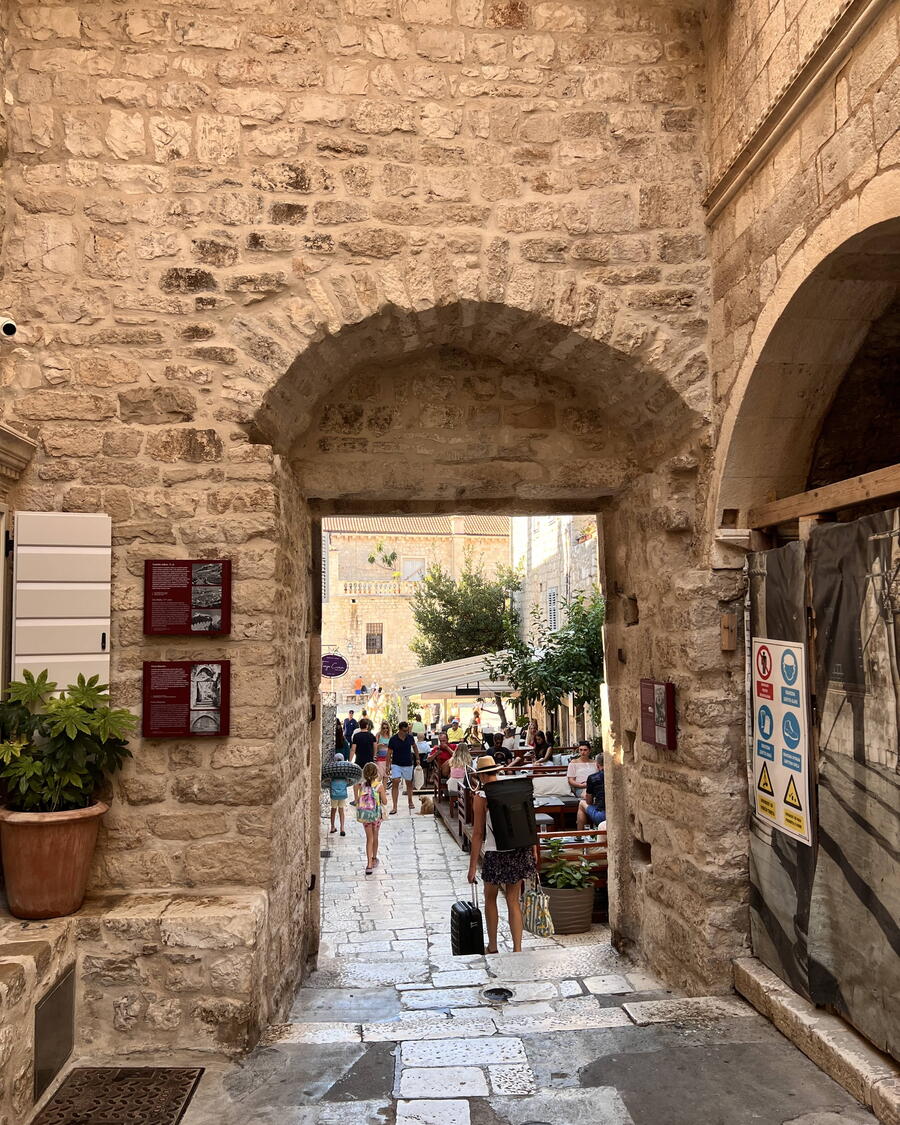
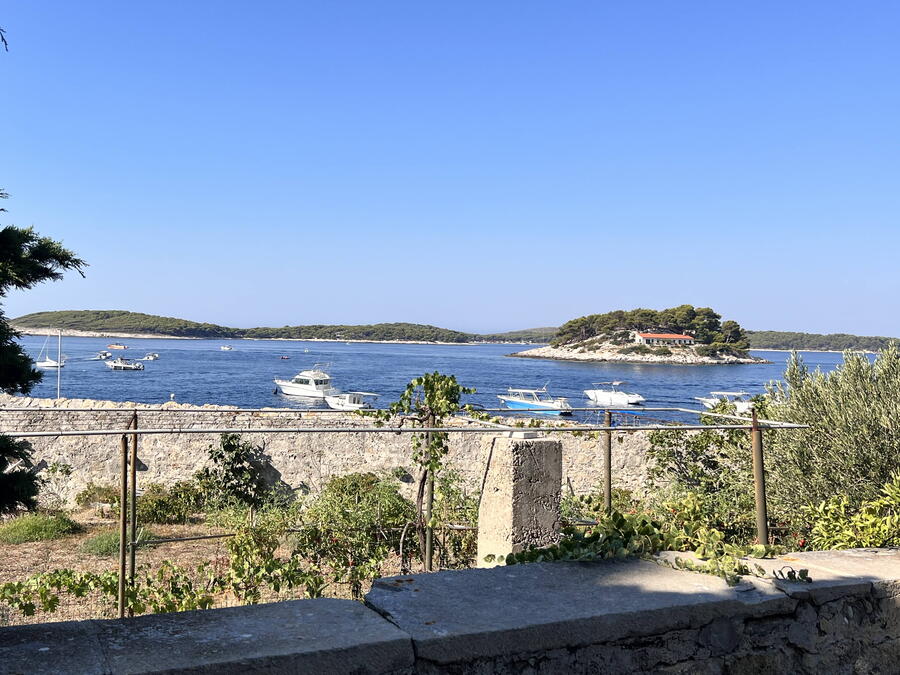
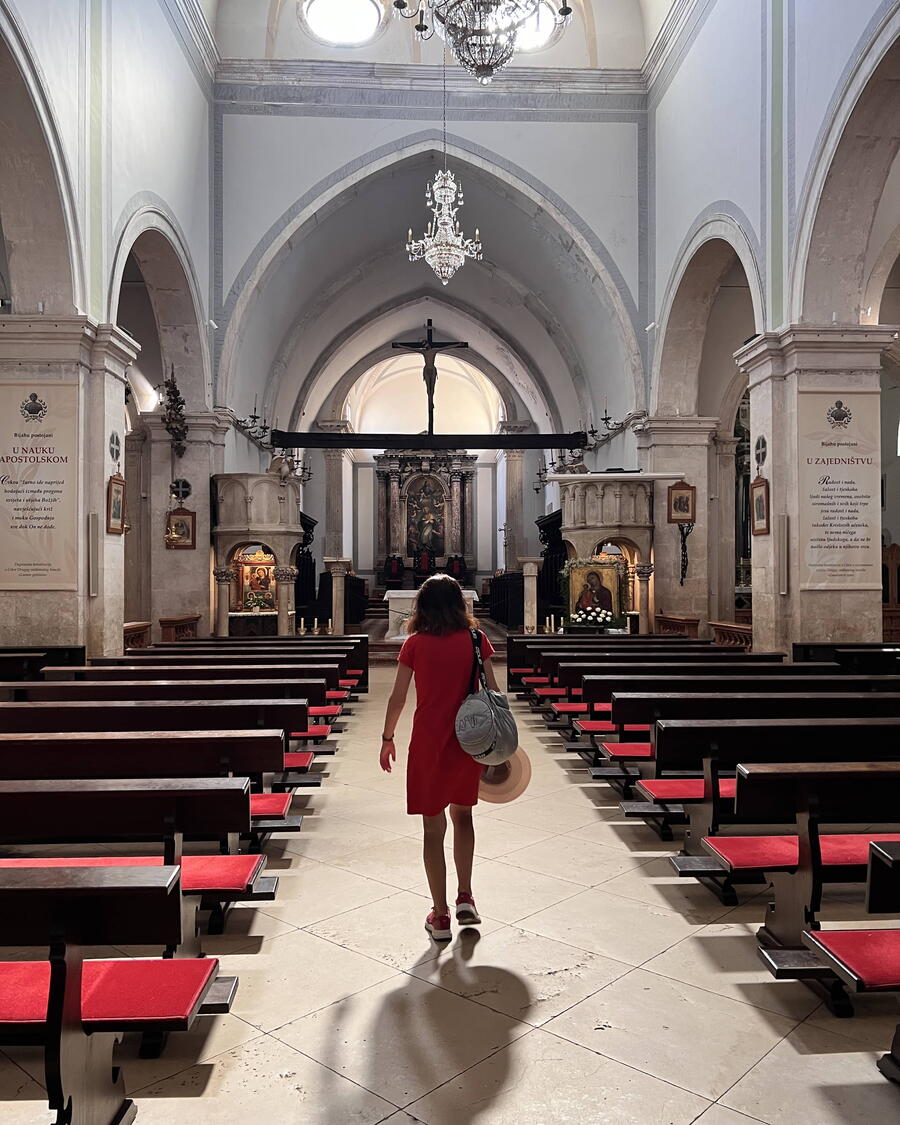

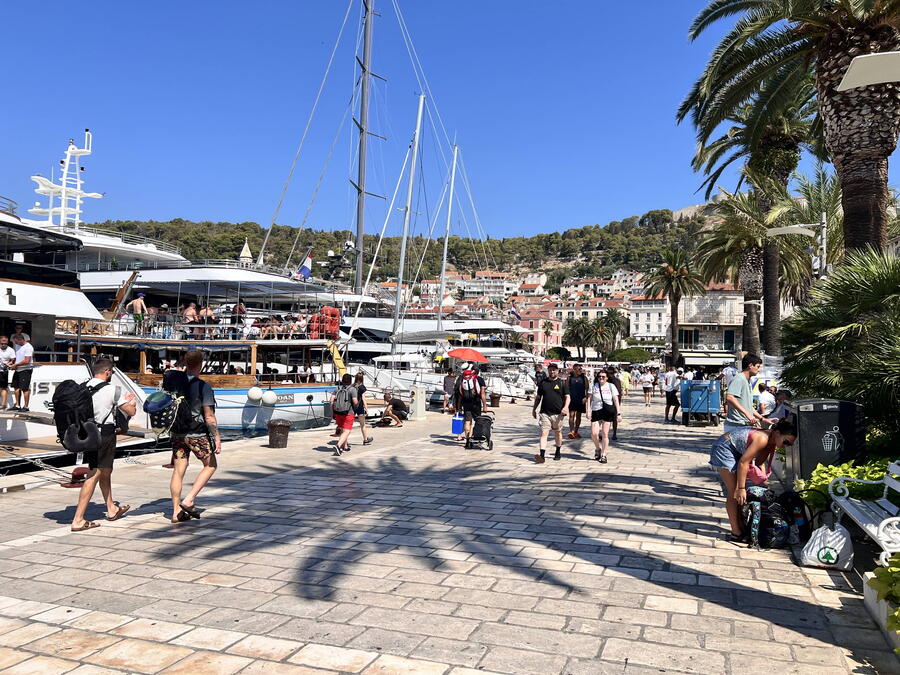
Hvar
Initially, I would not do anything on this last cruise stop. I canceled the bike excursion I booked because I started feeling fatigue creeping in. But I decided to go on a short walking tour, which turned out to be a worthwhile activity. Our guide, Diana, took us to a Franciscan monastery, which only has one permanent resident monk. It featured some impressive artifacts from Roman shipwrecks, a lush vegetable garden and cypress tree, and a mural of the Last Supper.
Later, we walked to Hvar’s old town, which had fortifications like many other ancient towns we visited. Above the town was Fortica Fortress, a 16th-century castle built during Venetian rule. But part of Hvar’s uniqueness is its place in ancient history, from prehistoric societies to Greeks to Romans, probably due to its strategic maritime location. We also visited St. Stephen’s Cathedral, a grand Catholic church with eleven chapels.
As with Dubrovnik, the tourists and visitors were in full force on Hvar. It is the main ferry port for the surrounding islands, which are a significant draw for vacationers. But Diana informed us that much of the island shuts down for three to four months, after the high season. It would be great to visit then, but I don’t think it would be as enjoyable.
